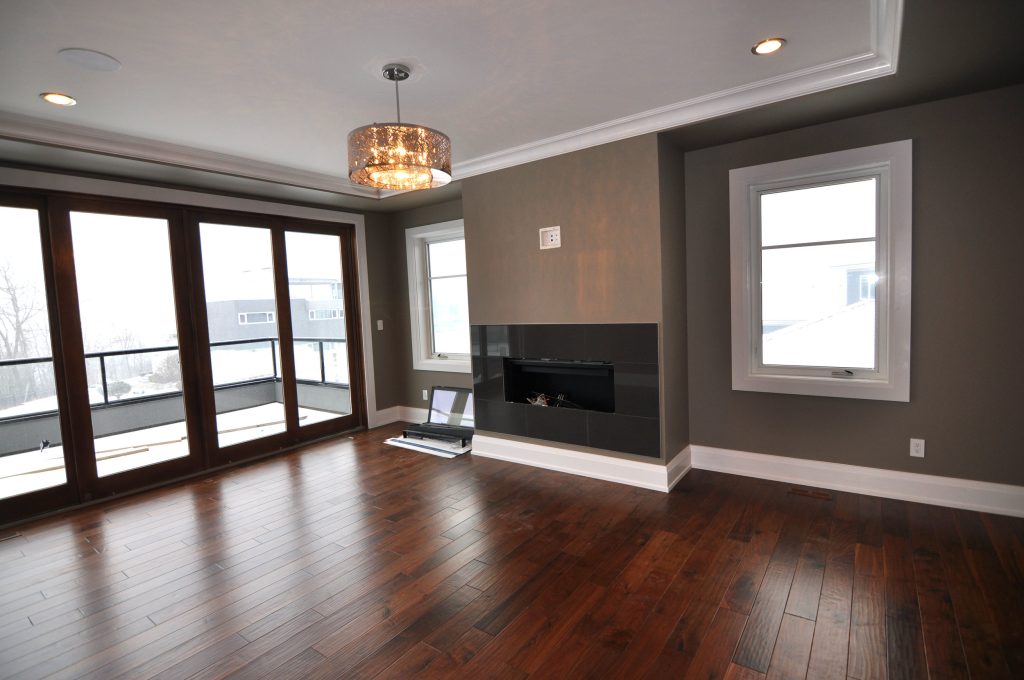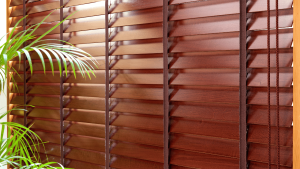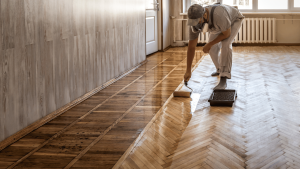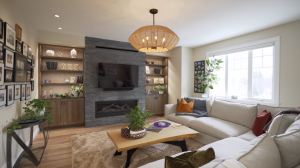
With winter right around the corner, homes are going to start heating up. With the change in temperature, humidity levels are bound to change as well. Have you considered what this could do to your hardwood flooring? If not, here’s a list of what can happen.
Proper Humidity levels
If we’re going to talk about the effects of humidity on your flooring then we should make sure you understand what the proper levels of humidity are. The ideal level of humidity is a range of 40%-50%, but obviously this might not be possible to constantly have throughout every season. During winter it would be best to maintain a range of 30%-40% to ensure there is no condensation on the windows and avoid issues like respiratory infections and allergic rhinitis. During summer its better to maintain levels around 50%-55% to avoid mold growth, dust mite infestations, as well as certain bacteria and viruses.
What Can Happen to Your Hardwood Flooring During the Dry Season
During the dry season, the wood in your floors loses some of it’s moisture and can shrink as a result of it.
–Gapping
When the relative humidity is lower than the recommended level, the wooden planks shrink, causing thin gaps to appear between them. Having these gaps is normal, and as the humidity goes back up the gaps will close and disappear.
–Splits and Checks
When the wood is faced with extreme conditions, it can be stressed beyond its limitations. Therefore the wood weakens, making your hardwood floor more brittle and increasing the likelihood of damage or splintering. The boards themselves may split, check or crack in the center or at the ends, or both, along the grain, damaging the finish. This damage is permanent because your hardwood floor finish is cracked—your wood is no longer protected.
–Preventing issues with lower humidity
-Maintain proper humidity levels with the help of a humidifier
-Be aware that wood stoves and electric heating can reduce levels of humidity
-If you tend to leave your house unoccupied for weeks at a time be sure to set the temperature in your home accordingly, and it is recommended to have a humidifier as well
What can happen to your hardwood flooring during the humid season?
During warm and humid summers, your hardwood flooring will absorb moisture from the air, swelling and expanding as a result. This expansion can create pressure between the boards, which can cause the boards to warp, cup or crack. Both cupping and crowning are natural reactions to moisture and should not be of concern if they occur only to a minor extent. More severe cases, however, indicate a serious moisture problem.
–Cupping
When a wood plank cups, its edges become higher than its centre. This is a reaction due to a humidity level disproportion in the wood plank. There can be numerous causes to cupping, including an excessive level of relative humidity, relative humidity migrating from a basement or crawl space, water infiltration, etc.
Should cupping occur, it’s important to quickly identify the root cause in order to rectify the situation. It will then take some time for the wood flooring to get back to its normal internal humidity balance and shape. In some instances, the use of fans and/or dehumidifiers might be necessary to bring everything back to normal.
–Crowning
Crowning is the opposite of cupping. The middle of the board is higher than the board’s edges. This can occur when the surface of the floor encounters moisture. It most often occurs when a floor has been sanded too soon after cupping. When this happens, the top edges of the board are sanded off and are therefore lower than the rest of the board when returning to a normal moisture content.
–Buckling
Buckling is one of the most extreme reactions to moisture that can occur with hardwood flooring. It happens when the floor expands beyond expansion gaps and literally pulls away from the subfloor, as high as several inches. It’s like walking on a trampoline. Once the humidity drops, the floor may shrink back, but it is possible that you may see spaces between the wood boards.
–Cracking
When extensive moisture or humidity causes the wood to expand significantly, adjoining boards start pressing against each other. In extreme cases, this increased pressure can cause the affected boards to lose their structural integrity and crack.
–Preventing moisture problems
– Make sure you leave free expansion space around the perimeter of your floor when installed. For aesthetic purposes, they are usually covered with baseboards.
– Maintain proper humidity levels with an air conditioner, dehumidifier or by turning on your heating system periodically during the summer months.
– If you go away on a long summer vacation, leave the A/C on.
– Avoid excessive exposure to water from tracking during periods of inclement weather.
– Clean your hardwood floor with a cloth lightly dampened with a recommended hardwood floor cleaning product.
– Choose a good quality engineered hardwood floor that will fit with your needs.







